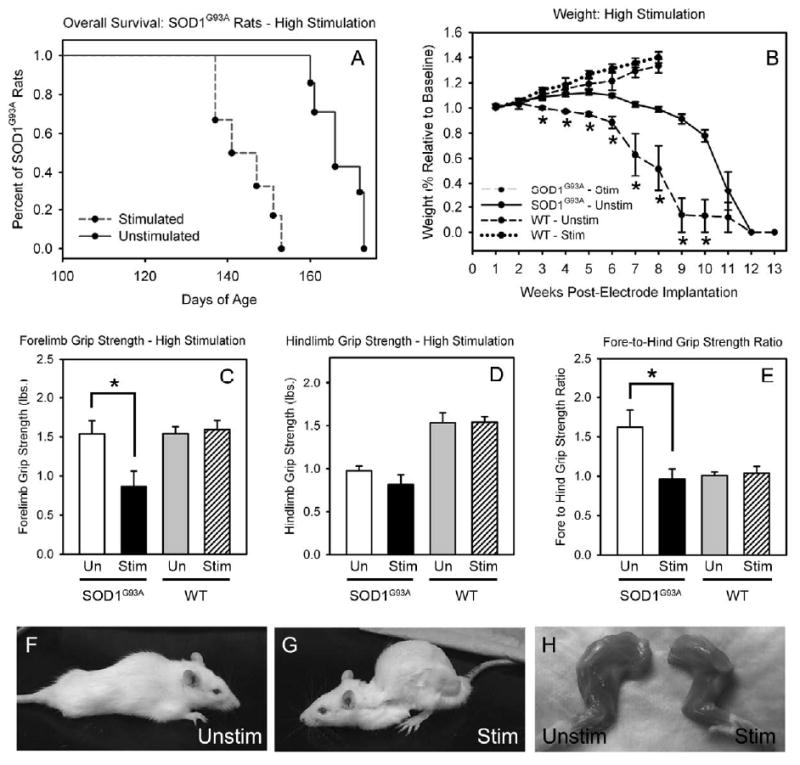Figure 2. Phrenic nerve hyperstimulation accelerated disease in SOD1G93A rats.

Bilateral phrenic nerve stimulation at high parameter settings accelerated death in SOD1G93A rats by 24 days (A) and weight decline (B) compared to unstimulated SOD1G93A rat controls. Compared to unstimulated SOD1G93A controls, stimulated SOD1G93A rats had significantly reduced forelimb grip strength at 141 days of age (C). No differences in hindlimb grip strength were noted between groups at this same age (D). The ratio of fore-to-hindlimb grip strength is significantly decreased in stimulated SOD1G93A rats (E). Therefore, selective phrenic nerve motor point stimulation selectively accelerated decline in forelimb, but not hindlimb, grip strength. This phenotype can be appreciated by comparing representative images of unstimulated (F) and stimulated (G) SOD1G93A litter mates. Forelimb muscle atrophy was also accelerated in hyperstimulated SOD1G93A rats (H). Unlike SOD1G93A rats, bilateral phrenic nerve stimulation in wild-type rats at high parameter settings had no effect on the rate of weight decline at all time points (B) or on forelimb grip strength (C), hindlimb grip strength (D) and fore-to-hindlimb grip strength ratio (E).
